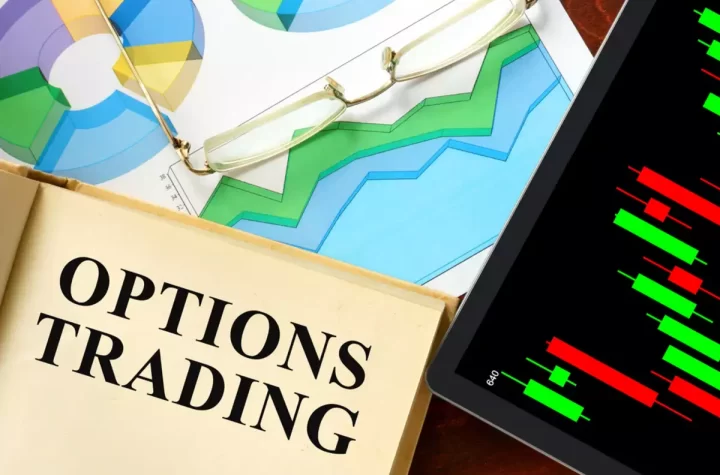
Market volatility may tempt some investors to act hastily and make poor choices that aren’t in their best interest. Instead, they should reach out to their financial professional to discuss their investment timeframe and goals to keep their strategy on course.
Buy-and-hold investors should view market fluctuations as background noise; their focus should lie with incremental gains over years or decades. But this can be easier said than done.
Understanding Volatility
Volatility refers to the degree that share prices rise and fall, in contrast to risk, which refers to the chance that investments might decline in value. It’s essential that people recognize these differences between volatility and risk as mixing the two can cause unnecessary stress, anxiety and costly mistakes.
Market volatility is typically measured using the standard deviation of stock prices relative to their mean during a given period, which allows chartists and traders to identify patterns in market behavior and predict potential market reversals. Furthermore, implied volatility calculations of options contracts provide another measure of volatility which plays an influential role in pricing strategy as well as risk management techniques.
Specific events can bring volatility into individual sectors and industries. For instance, an oil spill may cause the price of distribution companies associated with it to surge; this volatility may prove beneficial as they take advantage of increased demand for their products and services.
Understanding Risk
The stock market can be highly unpredictable, often experiencing sudden price swings that require significant adjustments from investors. Understanding why these fluctuations happen may help ensure you remain on track and make sound decisions over time.
The Cboe Volatility Index (VIX), commonly referred to as the “fear index,” measures volatility for S&P 500 stocks by showing investors’ expectations about how prices might change within 30 days based on options trading activity.
Many factors can contribute to an increase in volatility, including unexpected events and economic uncertainty. War or terrorism, for instance, pose geopolitical risks which threaten global economies and businesses – thus making stocks more volatile than usual. Furthermore, economic data such as monthly jobs reports, inflation numbers or quarterly GDP calculations can have an impactful effect on market performance when they miss investor expectations or exceed them; even government regulation changes within an industry can trigger additional instability by raising compliance costs that reduce profit margins and increasing compliance costs, potentially prompting more volatility for companies involved in such changes than expected.
Diversification
Diversification is important because it allows investors to reduce portfolio volatility. Unfortunately, certain forms of risk cannot be hedged against through diversification; such as business risk or financial market risk.
Unsystematic risks can be reduced through investing in stocks from different industries and companies at different stages in their life cycle, for instance putting money into young, fast-growing firms offers higher return potential but may present more risk than older, more established entities.
Additionally, diversifying investments across different asset classes can help to mitigate overall volatility. For instance, investing in domestic and international stocks at once may limit swings in returns and reduce market downturns; adding bonds can further mitigate volatility by providing protection from cyclical economic conditions that affect stocks market fluctuations; furthermore investing across diverse asset classes allows investors to test different investment strategies.
Dollar-Cost Averaging
Dollar-cost averaging is an investment strategy in which an equal sum is invested regularly over an established timeframe, regardless of its price. This approach allows investors to purchase more shares when prices are low and less during higher markets, potentially decreasing your average cost per share over time.
As daily market fluctuations tempt investors to time their purchases at the lowest possible prices, it may tempt them to attempt timing their purchases with precision in order to take advantage of price drops; but professional investors often struggle with such attempts due to it being virtually impossible to anticipate when an asset will reach its bottom point – trying to time your purchase could end in financial regret!
Dollar-cost averaging is an approach to investing that takes the emotion out of investing and prevents investors from trying to time purchases for maximum returns in the long-run. By allocating an equal sum on a regular basis, dollar cost averaging can help smooth over any potential bumps or unexpected expenses during investing.





More Stories
Mastering Financial Clarity in a Globalized Market: Ensuring Compliance and Accuracy in International Accounting and Reporting
Financial Wellness – Strategies For Managing Stress and Money
Strategic Financial Planning: A Roadmap for Small Business Success